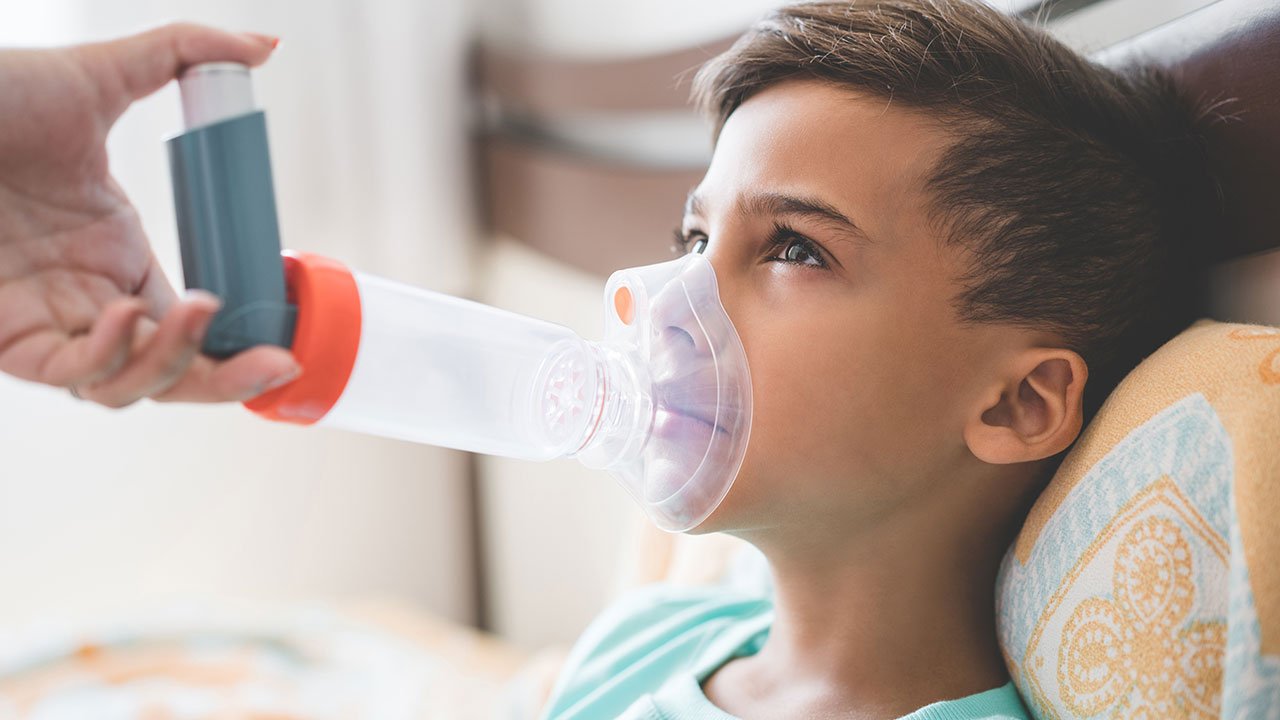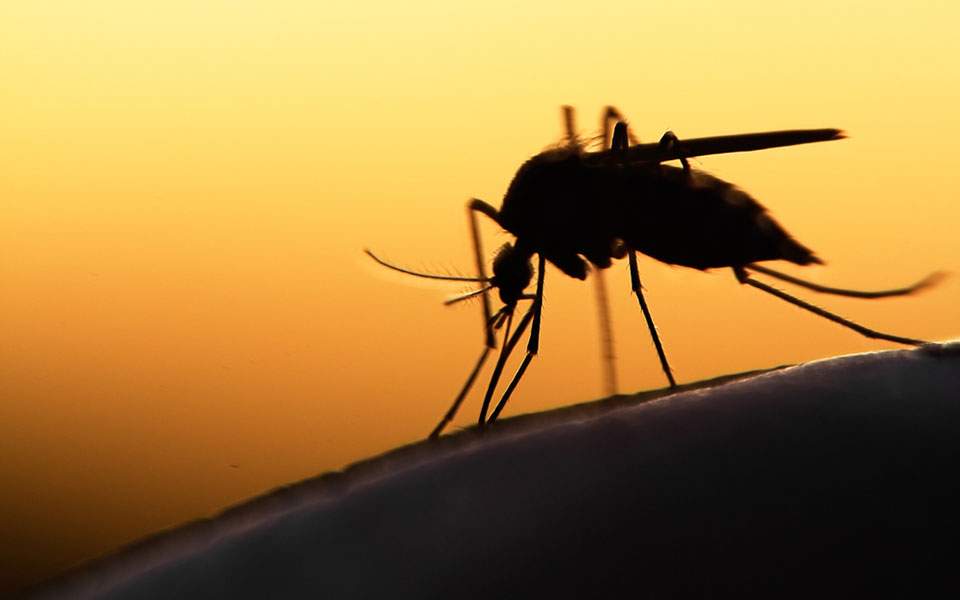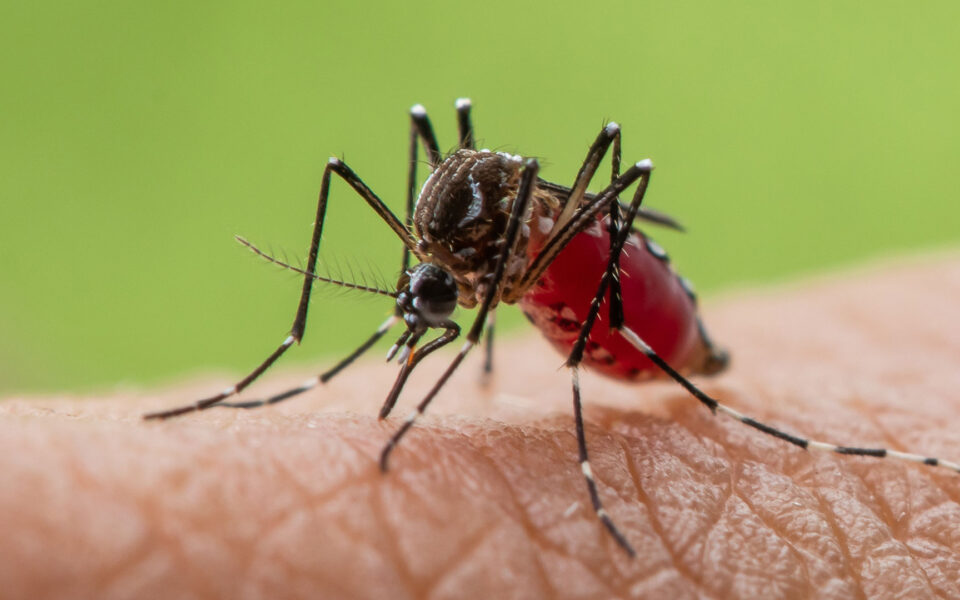Experimental Asthma Vaccine Works in Mice, And Could Be Trialed in Humans Soon


“The idea is to set up in the future a preventive approach for populations at risk of developing a severe form of asthma,” one of the team, pulmonology researcher Laurent Guilleminault from the Toulouse Institute for Infectious and Inflammatory Diseases (Infinity) in France, told La Dépêche.
Previous research has shown that dupilumab, a monoclonal antibody used in the treatment of eczema, is also effective in relieving symptoms and improving lung function in cases of severe asthma.
This is thought to be due to the way dupilumab blocks signaling from interleukin-4 (IL-4) and interleukin-13 (IL-13) – two cytokine molecules that play a role in immune response, but which are also involved in airway-obstructing type 2 inflammation seen in an estimated 50 to 70 percent of asthma patients.
In cases of allergic asthma, exposure to dust mites, pollen, and other allergens can produce large amounts of these cytokines, in addition to excessive amounts of the antibody immunoglobulin E (IgE), promoting inflammation in the airways and making it harder to breathe.
While dupilumab and other monoclonal antibody (mAb) treatments can mitigate these symptoms, they can be expensive and require ongoing injections to work, whereas a vaccine achieving the same ends could provide cost-effective therapeutic effects in the long term.
“Conjugate vaccines called kinoids can elicit an endogenous, long-lasting neutralizing antibody response against a given cytokine, and could be a favorable alternative to therapeutic mAb administration,” the researchers, led by co-first authors Eva Conde and Romain Bertrand, write in their study.
“We hypothesized that a dual vaccination against IL-4 and IL-13 would be particularly potent at reducing the severity of chronic asthma.”


Developed in conjunction by teams at Infinity, the Institut Pasteur in Paris, and French biotechnology company Neovacs, the experimental vaccine couples the recombinant cytokines with a carrier protein called CRM197.
In tests with mice, over 90 percent of animals given the vaccine prototype revealed antibodies capable of neutralizing IL-4 and IL-13 at six weeks after injection, with the protection lasting for up to a year, at which point more than 60 percent of the mice still showed high levels of the antibodies.
“These data indicate that efficient long-term neutralization of both IL-4 and IL-13 can be achieved through vaccination with kinoids,” the researchers report.
In addition, a mouse model of asthma – using animals who received intranasal doses of dust mite extract, one of the most common human allergens – showed that dual vaccination against IL-4 and IL-13 provided significant protection from the allergens in terms of healthy lung functioning, compared to control animals who didn’t receive the shot.
In genetically engineered mice bred to generate the human version of the IL-4 and IL-13 cytokines, the vaccine also showed positive results, neutralizing the cytokines and reducing IgE levels for at least 11 weeks post-vaccination.
That’s not the same as saying we know it works equally well in people, but is a promising sign for future tests in humans – although we won’t know for sure whether the vaccine is safe and effective in people until clinical trials are conducted.
For now, the researchers say that we have here is a “proof of concept” that long term neutralization of IL-4 and IL-13 can be achieved with the prototype vaccine, while protecting against several key features of chronic asthma, including airway hyper-responsiveness, eosinophilia, and mucus overproduction.
Exactly how long the protection lasts for – and just how the blockade of the cytokines achieves these remarkable effects – are questions that remain to be further investigated. For now, though, the most pressing next step is to test the experimental shot in humans.
To that end, a clinical trial is currently being organized by Guilleminault and Neovacs, with patients in Toulouse and Strasbourg expected to receive the first human injections of the drug sometime in the next two years.
Source: Science Alert




